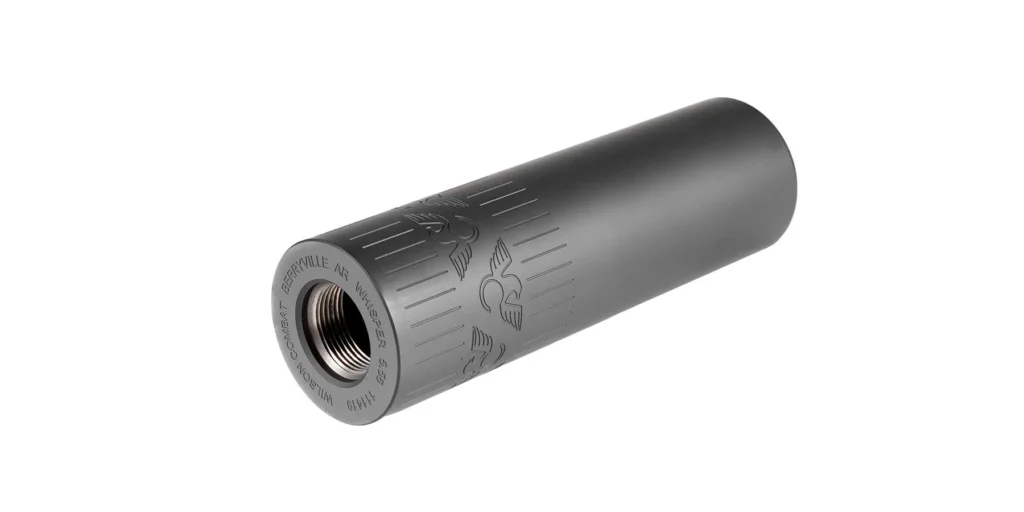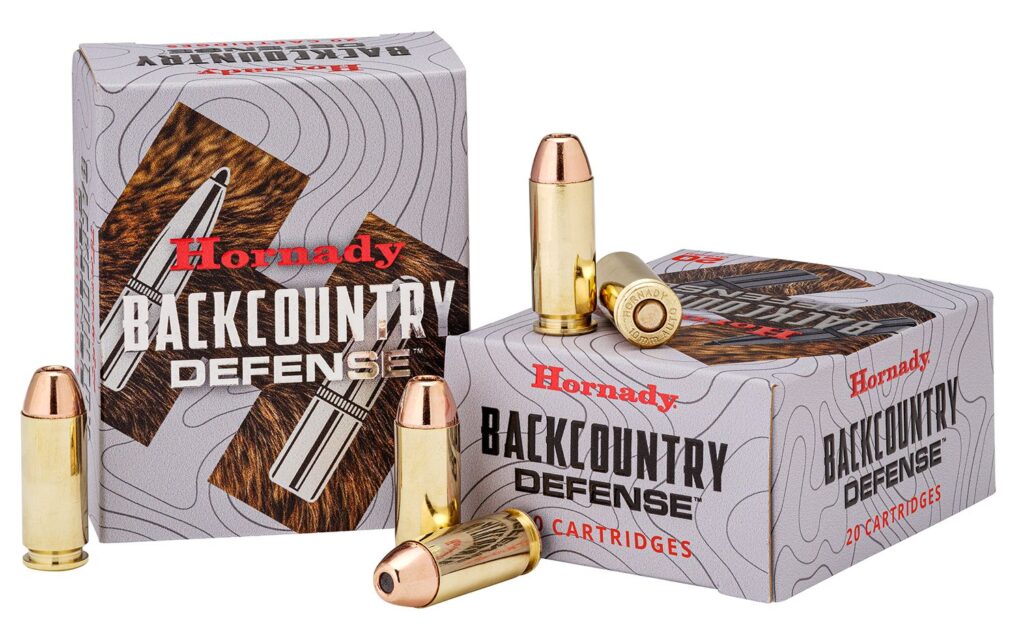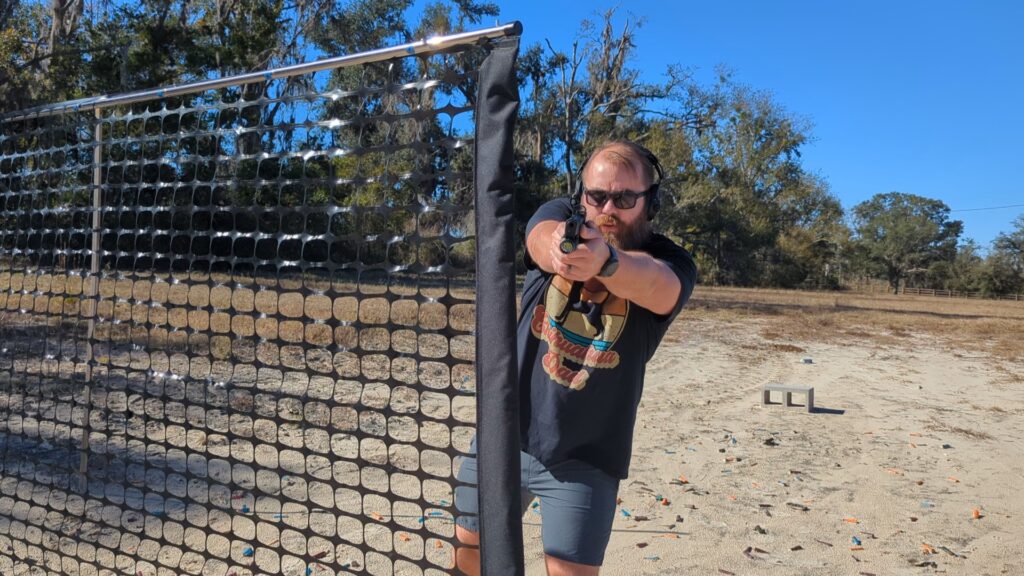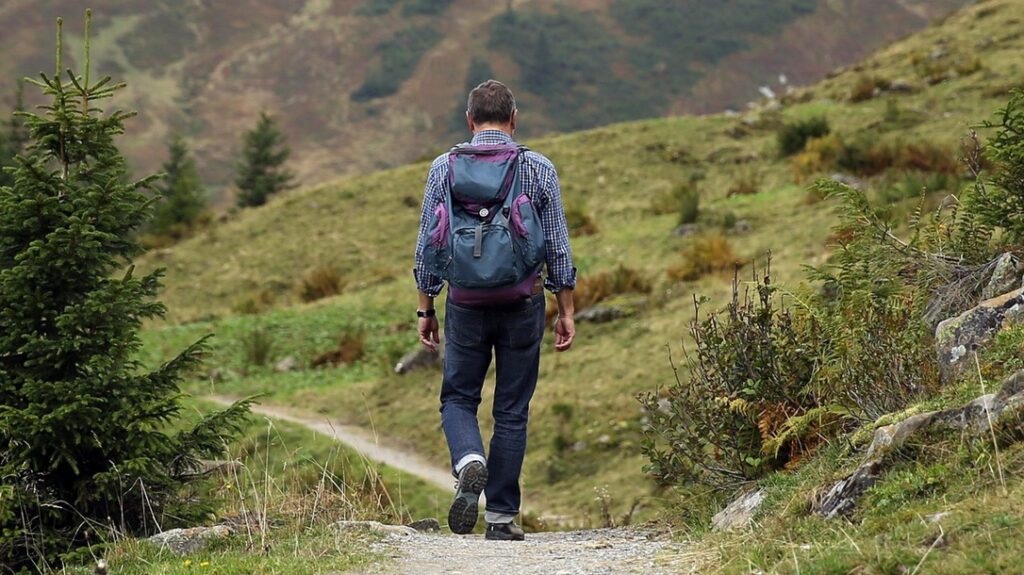I was fortunate enough to appear on the Primary & Secondary 6th Annual Airing of Grievances, and one of the things I shared was my perception of how out of balance some people can get in regards to their various skills and abilities.
With the proliferation of shot timer aps and various dry practice tools, it’s now easier than ever to improve our technical shooting for relatively nominal investments of time and money.
This is doubly appealing because the related gear gives us immediate feedback and a very clear roadmap to improvement.
Advertisement — Continue Reading Below
The siren’s song of measurable performance standards can unfortunately distract people from the other facets of defense craft that aren’t as quantifiable.
Mark Luell of Growing Up Guns has a great diagram called The Path that highlights the various disciplines that go into being a well rounded practitioner.
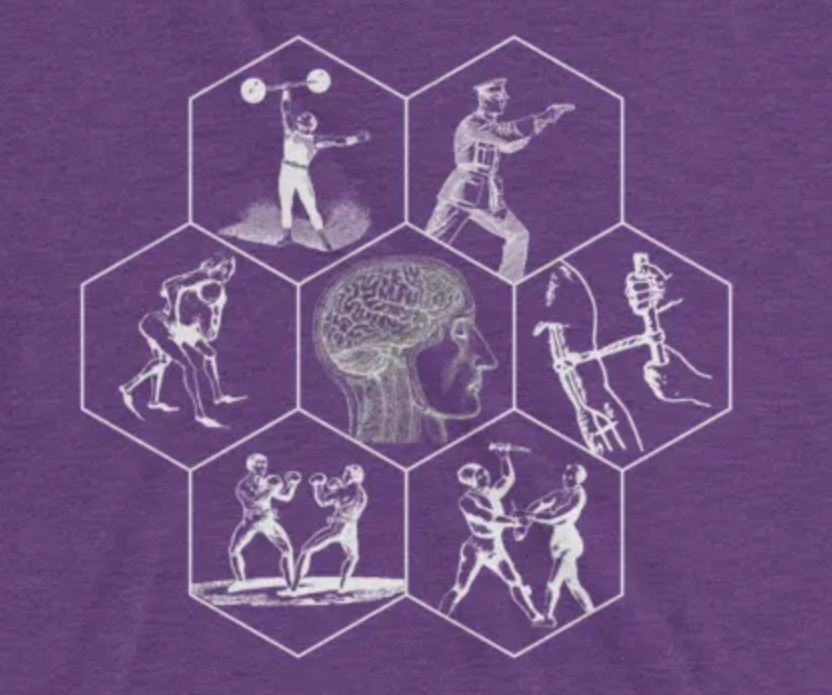
Advertisement — Continue Reading Below
Other than Strength & Conditioning, where you’re measuring resting heartrate, squat/deadlift/bench press, BMR, various body measurements, etc., it’s hard to put a number on the performance of the other areas like combatives, medical (aside from the Lone Start Medic par time for tourniquet application), and so on.
The problem as I see it is that someone’s shooting performance is only relevant if a situation degrades into a defensive shooting, at which point virtually everything has gone wrong.
Aside from some rather hand-wavey lip service to “situational awareness”, there doesn’t appear to be nearly the focus on the proactive side of the equation (Left of Bang) vs. the reactive (after the beep, as it were).
Advertisement — Continue Reading Below
PHLster recently aired a great interview between Jon Hauptman and Craig Douglas on this subject of what happens “Before the Beep” that I encourage everyone to go watch.
Now don’t misunderstand me. At no point am I saying that technical skill doesn’t matter. The more skill you have, the less net effect degradation will have when you’re performing under duress (another concept highlighted by John Hearne in his “Who Wins, Who Loses, and Why” lecture.
Advertisement — Continue Reading Below
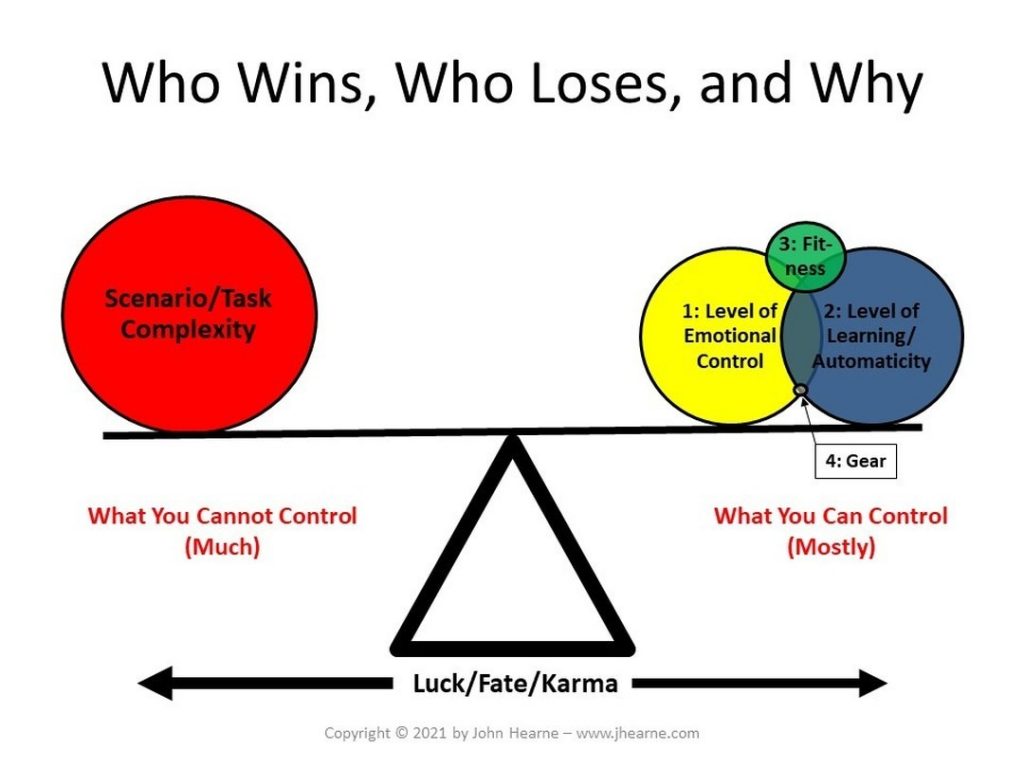
My point is simply that it’s easier to work on technical shooting, and the mechanisms to do so are readily available.
I just caution people to not let their skills get so out of balance that the only arena in which they’re truly competent is a gunfight, otherwise they may miss all the opportunities up to that point to avoid one all together.
Advertisement — Continue Reading Below
If you’ve ever used the wagon-wheel style competency chart, the ideal goal is for all the relevant skills to form as close to a circle as possible. Having a nice tight circle with one big spike that looks like an ice cream cone should highlight what areas may warrant more focus than trying to get splits down from .20 to .17 (as an arbitrary example)
DISCLAIMER: This is all predicated on the assumption that the topic of discussion is self defense and personal protection. Obviously the priorities will differ for those in an armed profession, avid competitive shooters, etc.

